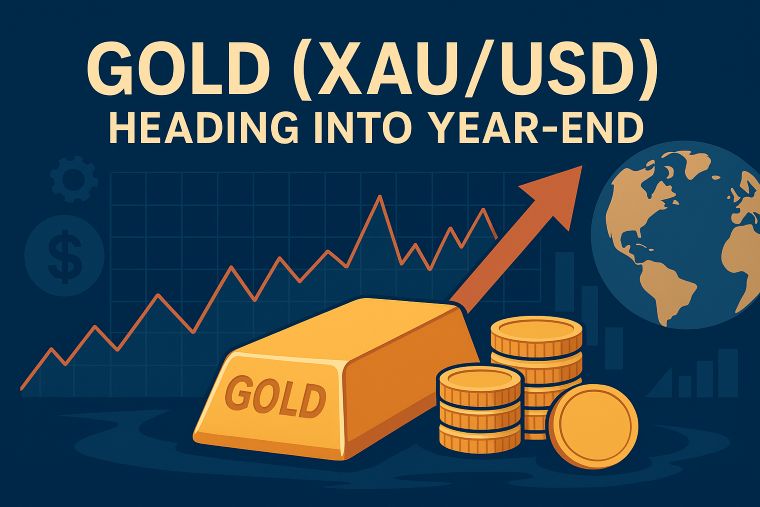3 min to read
The USDJPY has made a notable surge to reach 150 yen
primarily attributed to a strong rebound in the U.S. dollar.

“The USD/JPY has made a notable surge to reach 150 yen, primarily attributed to a strong rebound in the U.S. dollar”
While there have been observations of some selling pressure around the 150-yen mark, there is a pronounced inclination to buy during market downturns. Today, the increase in U.S. bond yields has lent considerable support to the recovery of USD/JPY.
The preceding week was marked by a swift drop in U.S. bond yields following the release of U.S. employment statistics, causing the USD/JPY to rapidly descend into the mid-149 yen range. This decline raised concerns, especially as it pushed below the 150-yen threshold and dipped beneath the 21-day moving average. Nevertheless, the consensus remains that despite the Federal Reserve signaling the conclusion of its rate-hike cycle, the Bank of Japan is unlikely to undertake significant tightening measures. This reinforces the view that a substantial yield gap between the U.S. and Japan will persist, fostering strong interest in buying during market dips and safeguarding the 150-yen level from being breached.
Furthermore, an upturn in yields was witnessed today with the release of the Federal Reserve’s Bank Senior Loan Officer Opinion Survey for the third quarter. Although the report indicated enhancements from the previous quarter, lending standards, on the whole, remained stringent, and loan demand has waned.
Turning to the EUR/USD, the pair largely oscillated around 1.07 dollars. The prior trend of USD strength has paused, and the EUR/USD has shown signs of buybacks. Nevertheless, there is a prevailing market sentiment that the European Central Bank (ECB) is approaching the conclusion of its rate-hike cycle, coupled with a strengthening anticipation of an economic slowdown. These factors have not yet spurred a significant upward movement in the EUR/USD.
Market expectations for an ECB rate cut in the upcoming year are on the rise. Nevertheless, some argue that the short-term money market may be overestimating the extent of the rate cut, given that the fair value for an ECB cut in 2024 stands at approximately 0.70% below the market’s pricing of around 1.00%. The short-term money market has already factored in a cumulative 0.36% rate cut by April, with an initial cut expected around June. Additionally, the substantial growth in real wages, exceeding 5%, is considered a critical factor in averting an economic downturn.
In the case of GBP/USD, the pair initially advanced into the mid-1.24-dollar range but encountered some resistance during New York trading, resulting in a retreat to the lower 1.23-dollar range. The 200-day moving average currently looms around 1.2435 dollars, presenting a formidable obstacle.
This week, we are awaiting the release of the UK’s preliminary third-quarter GDP data, which is expected to reveal a 0.1% negative growth compared to the previous quarter. Some market participants have even suggested that the UK economy may already be in a recession due to the impact of heightened interest rates and a surge in unemployment, leading households to adopt a more cautious approach.
Should a recession indeed materialize, it could pose a significant challenge for the government, which is gearing up for a general election next year. It might also heighten the probability of a rate cut by the Bank of England, especially in the event of a sharp decline in inflation. However, the reaction of the pound to such a scenario remains uncertain.
Visit XM Official Website.

